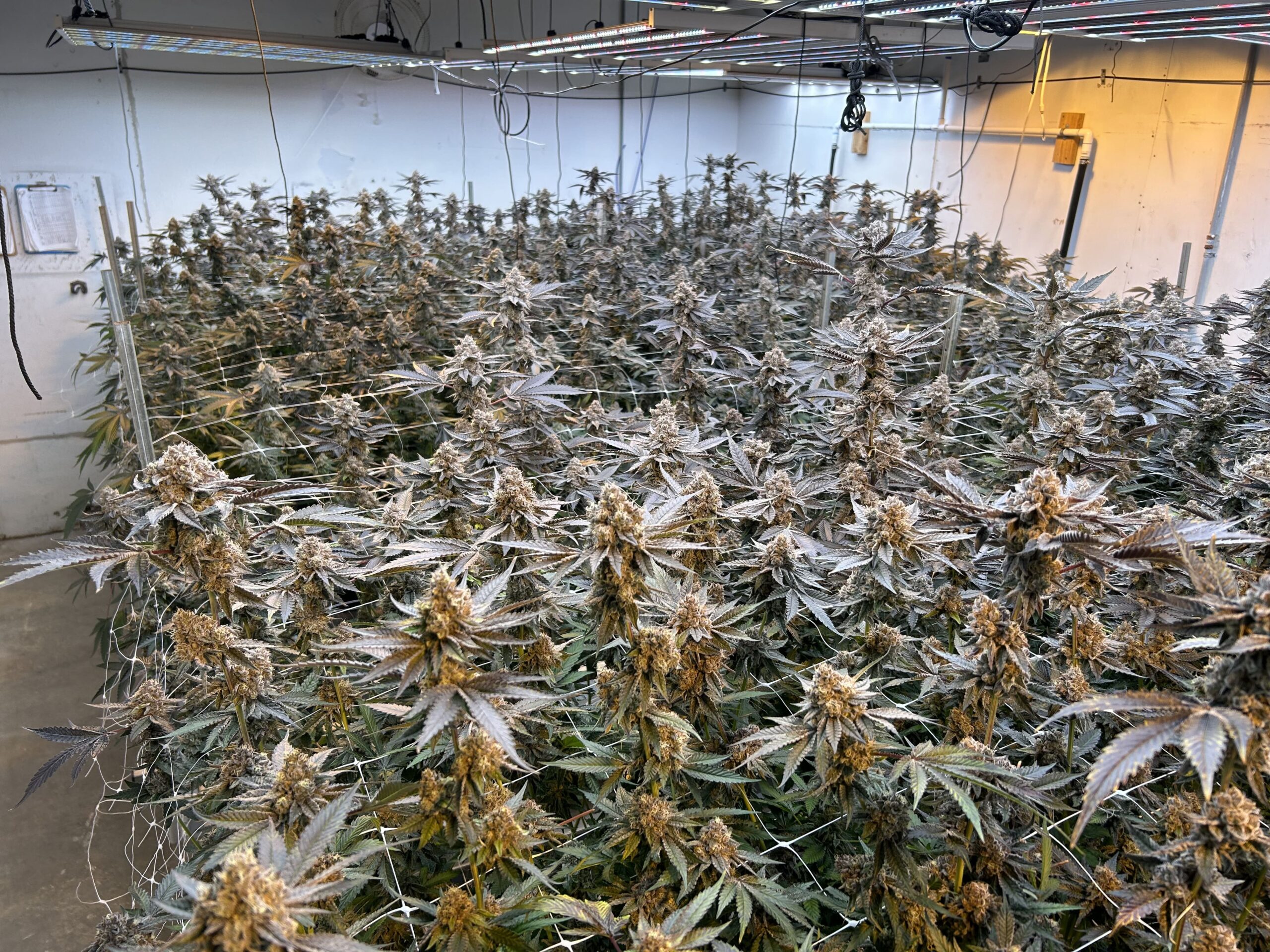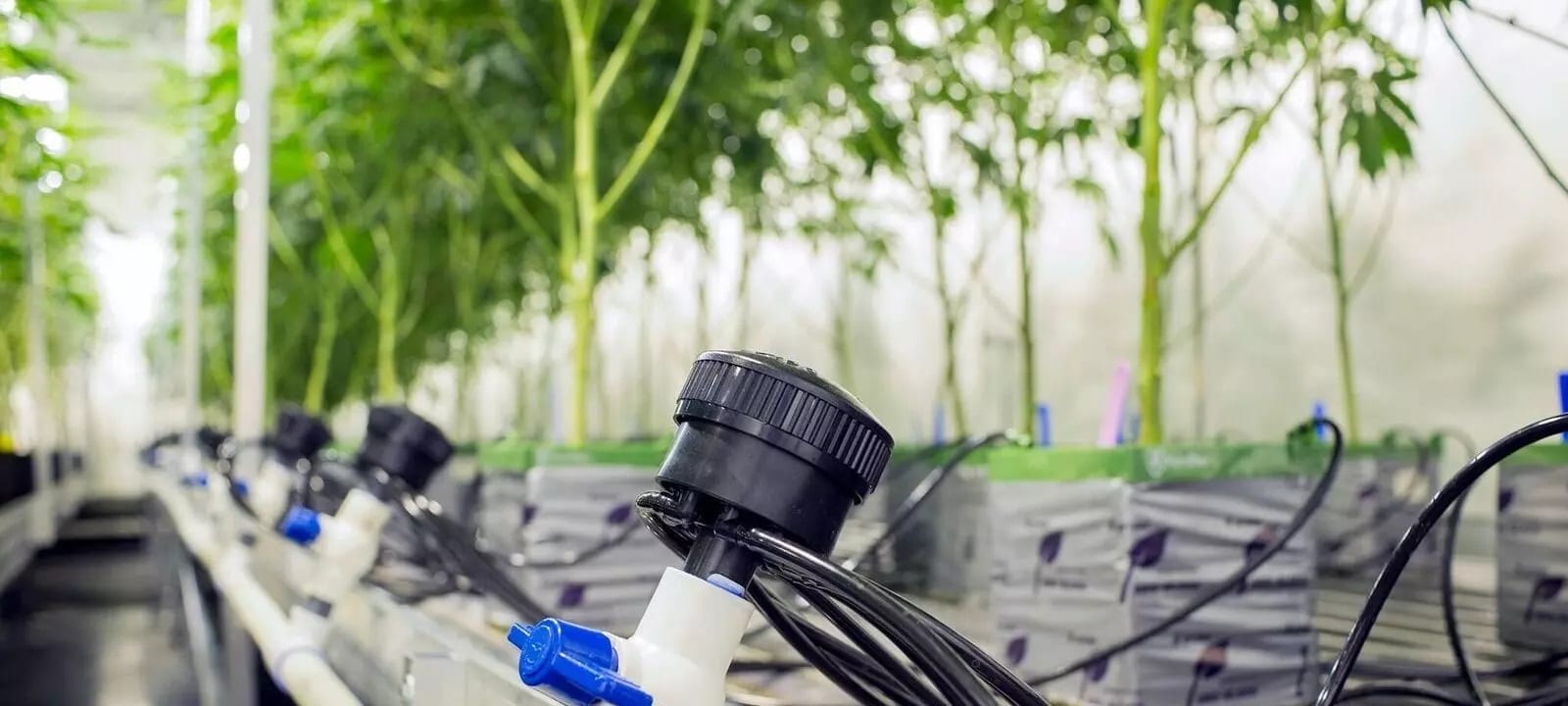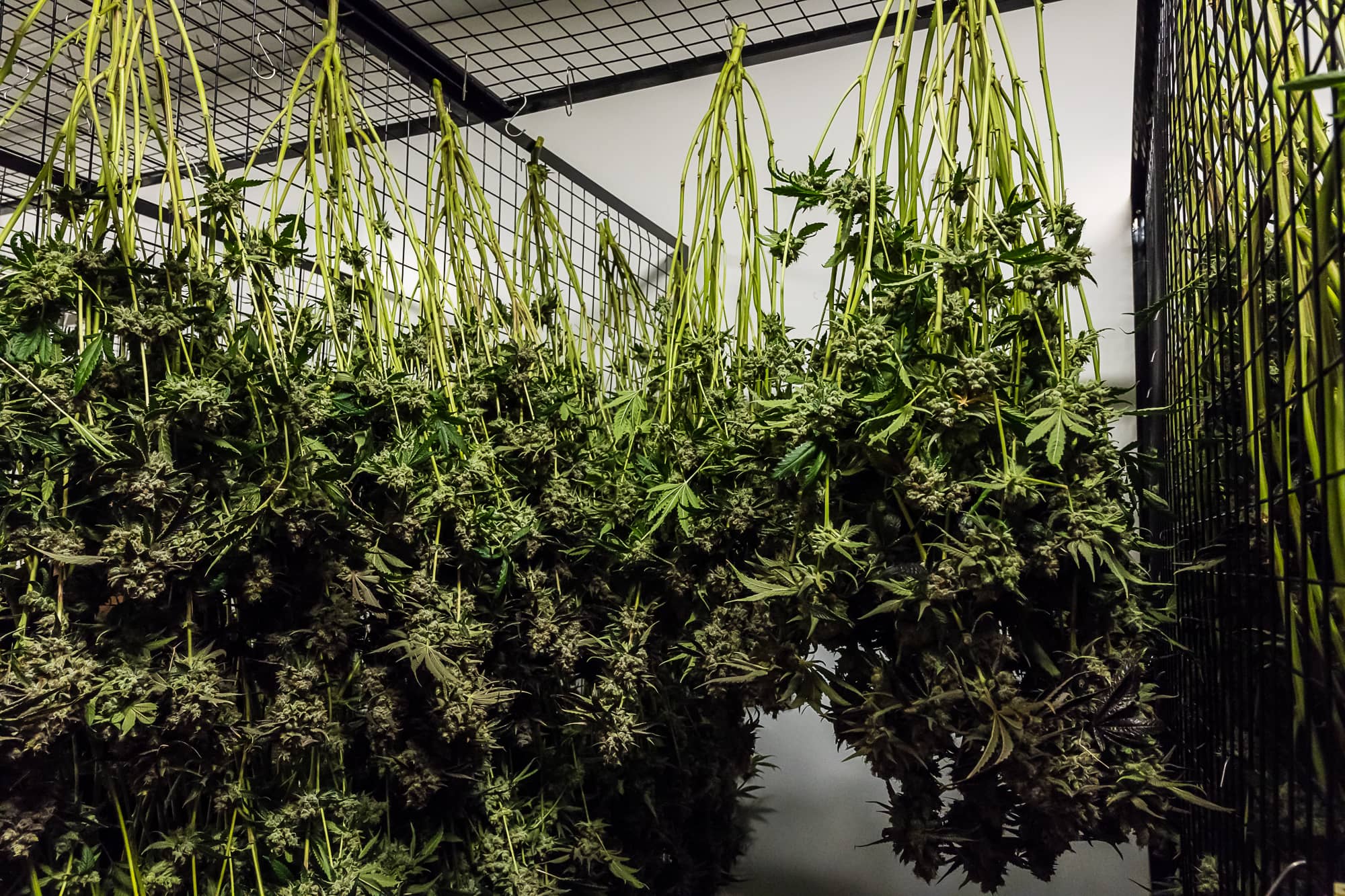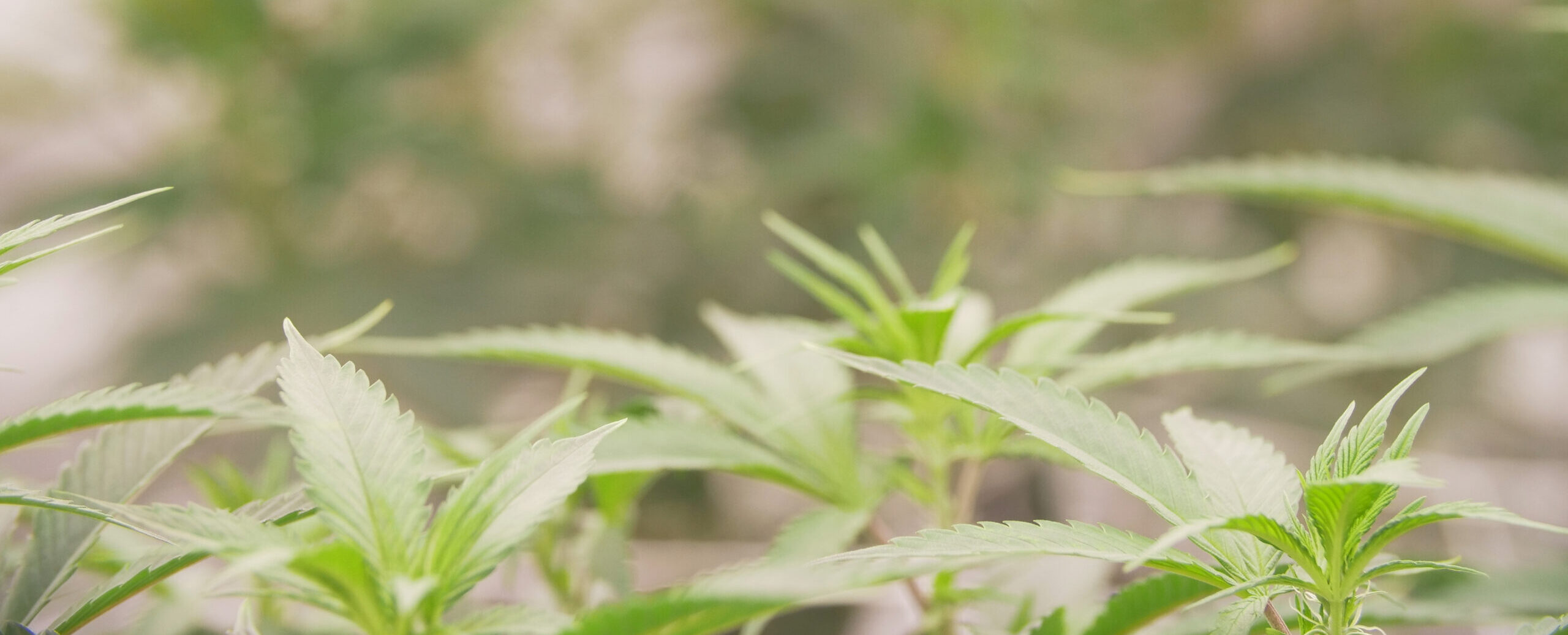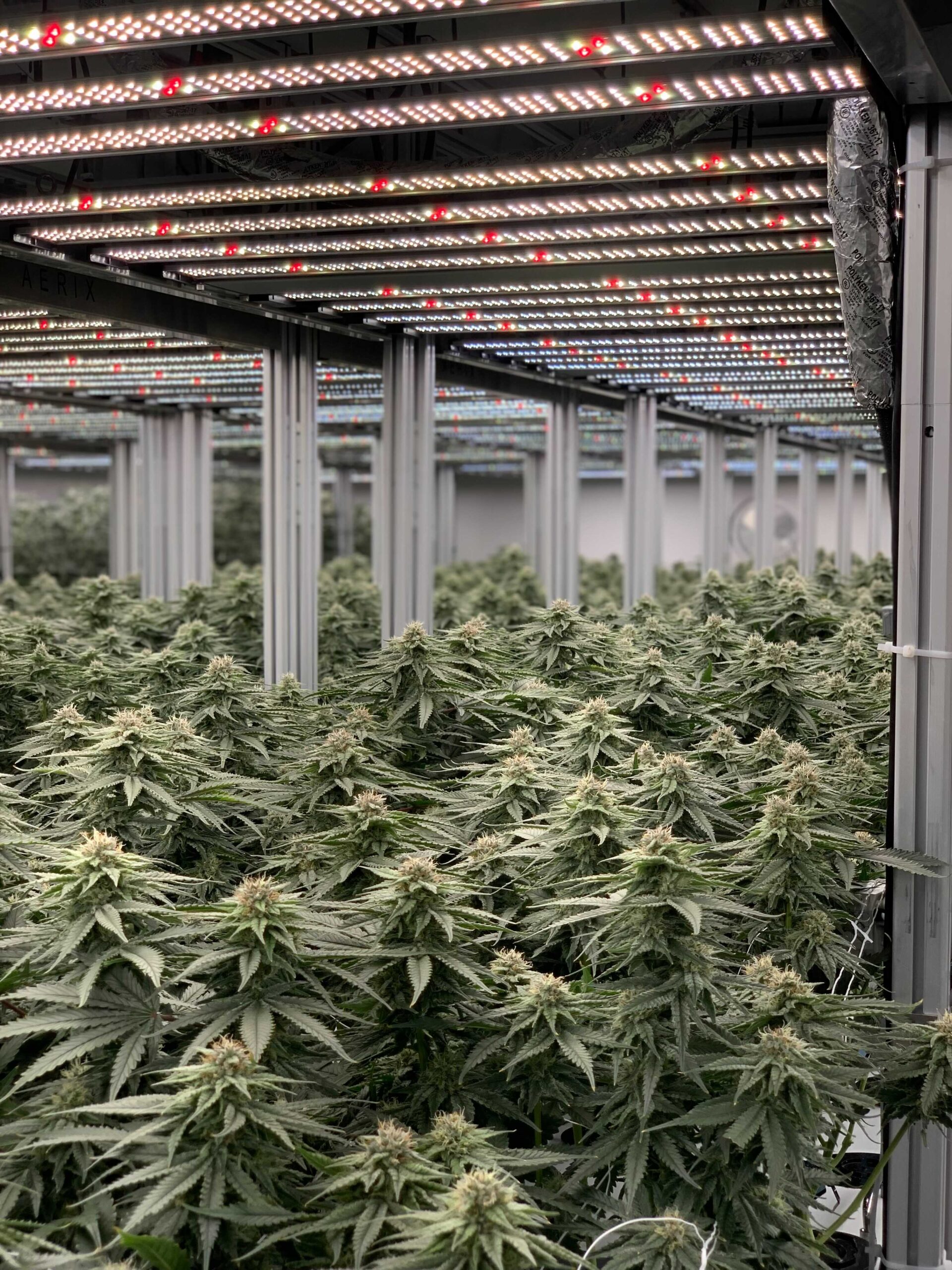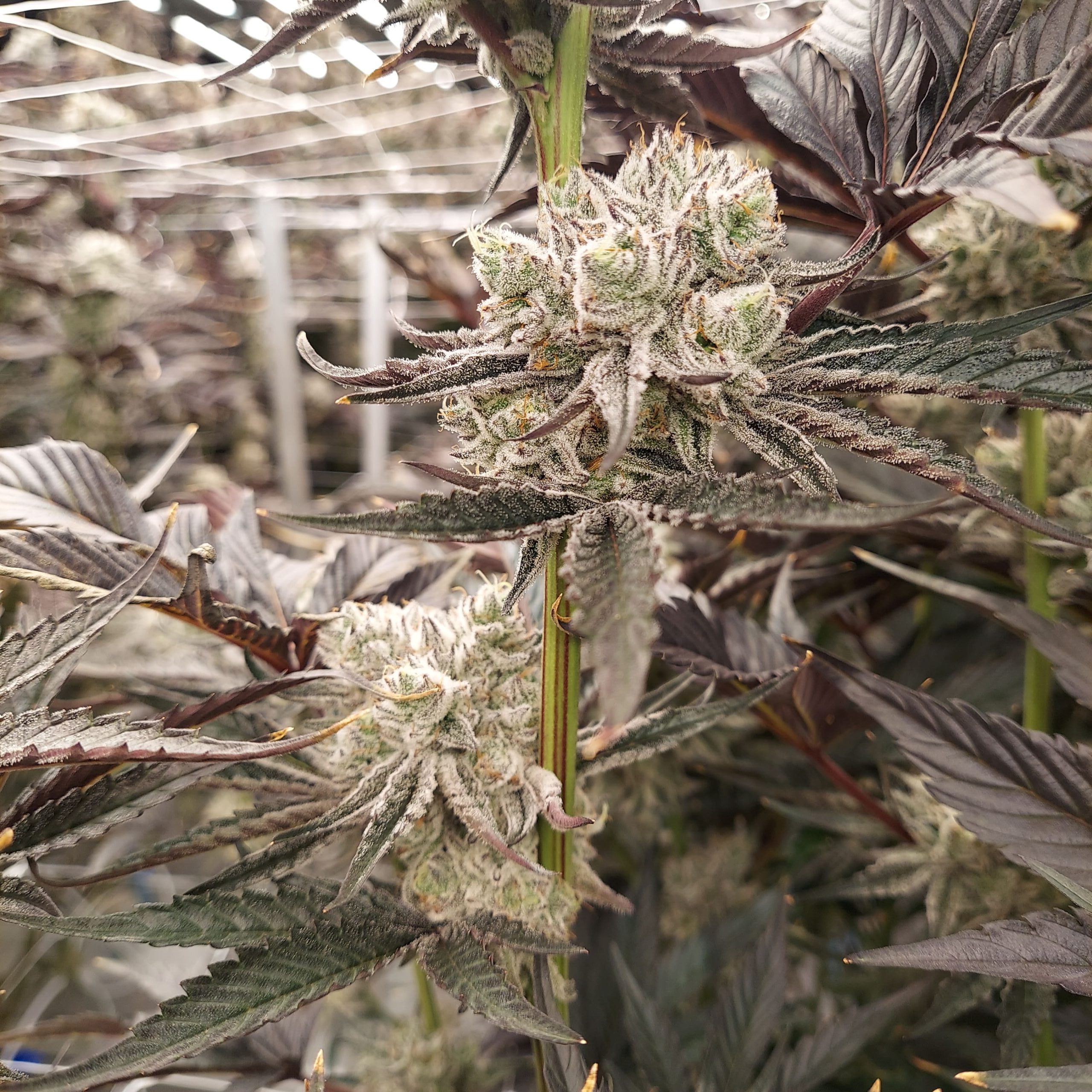Introduction
If you’re in the cannabis industry, then you’re probably used to absorbing a ton of new information and staying adaptable to change. Any business that scales, must also scale its systems to keep up with increasing complexities. Software, which helps teams automate labor-intensive processes, is a key tool in sustaining growth.
That’s where a cannabis ERP comes in. A cannabusiness ERP system is software that helps enterprise businesses in the cannabis industry manage their entire cannabis operation. It can support everything from regulatory compliance to inventory management and sales tracking. Businesses like cannabis growers, manufacturers or dispensaries looking for a way to improve their business efficiency might consider a cannabis ERP for their software stack.
What is cannabis ERP and why do you need it?
Cannabis ERP is short for cannabis enterprise resource planning. ERP systems were originally used to centralize manufacturing processes, but have come to incorporate back office processes too.
Large-scale cannabis operators who are looking for ways to improve the flow of information and data between departments, might consider a cannabis ERP. Cannabis ERP systems can help save time and money by automating tasks and improving communication between departments. A good cannabusiness ERP system will also provide insights that inform better business decisions.
Sharing information across cultivation, manufacturing or extraction and retail departments can be very difficult if employees are only using spreadsheets and email. These manual processes don’t scale very well, aren’t transparent, and create financial reporting headaches for management and accounting departments. An ERP system solves this challenge and centralizes many of your back-office processes under a single roof.
Why an ERP might not be right for you
There are many cannabis software buzz phrases thrown around in the cannabis industry: seed to sale software, track and trace, and ERP are a few. And because there’s so much to keep track of in this industry, business owners often think they have to do everything they hear.
Many bring on an ERP when their accounting software and inventory spreadsheets become too difficult to manage. However, oftentimes, the business might underestimate the level of effort and investment it takes to implement an ERP. Due to the unique nature of the cannabis industry, businesses may find themselves building custom processes and adjustments that consume expensive consulting hours and make it harder for employees to fully transition from their existing protocols. In addition, seed to sale compliance reporting is such an intrinsic part of running a cannabusiness that evaluating the ERP for its compliance functionality may be the most important deciding factor.
The price of the software can be discouraging, let alone navigating the learning curve required to properly integrate the software with your company’s day-to-day activities. That’s why some guidelines suggest that only businesses with annual revenues of $1M+ should consider ERPs. And even then, consider word of mouth experience of cannabis businesses dropping their ERP initiative after years of trying.
3 Cons to Implementing an ERP System
1. Too Complex
Implementation of ERP software is lengthy and difficult. It requires a dedicated project manager, technically trained to customize the setup for the business. Because it requires working with each department, a full install takes many months, especially when business groups like the cannabis cultivation team are not onsite fulltime and available for training.
2. Rigid and Expensive
ERP systems aren’t very forgiving, nor are they easy to change and update. Installing and setting it up for your business demands a specialist or vendor consultant. These factors affect the total cost of the system, which is quite high. For agile cannabis businesses whose needs are changing regularly, a multi-system approach might be a better solution than an all in one ERP.
3. It takes too long to Adopt
From shopping for it, to customizing and implementing the software across all your cannabis business units, adopting an ERP is an arduous process. It takes all stakeholders to encourage company-wide adoption and training. Lining up the cultivation team or the manufacturing employees can prove challenging on a good week. This aspect of implementation can be more difficult than the technical requirements.

3 Benefits to Implementing a cannabis ERP platform
ERP systems can be an asset to your organization. There are many advantages to employing a fully integrated program. Some of the key benefits for a cannabis business include:
1. Improved collaboration
A flourishing cannabis business requires collaboration. However, because collaboration in the workplace takes more time and effort, businesses frequently discover their staff are working in silos.
ERP software enables fluid collaboration. An ERP platform automates cooperation by providing critical departments like accounting, access to data at a moment’s notice. They provide an interdepartmental database that information flows through departments before converging in one central location.
Your company will benefit from improved efficiency and reduced operational costs associated with manual data tracking, as well as greater employee engagement.
2. Total Visibility
One of the best selling points for ERP software is the seamless access to all aspects of your cannabis business and supply chain. By pulling data from every department directly to the senior management team, ERP software allows comprehensive access to every critical process in your company.
For example, you may keep track of inventory levels on a daily basis, including inventory currently in transit. With an ERP, accounting can manage your operational cash flow on a more granular level by knowing where you stand in terms of current and future inventory levels.
3. Better Reporting and Planning
Capturing insights from operations assists management in production planning and performance review.
Implementation across departments means having a centralized reporting system for all processes. An ERP system may quickly produce valuable business intelligence reports at any time because it provides a single source of truth. Compare and analyze operations across departments without the need for numerous complicated spreadsheets.
“Only businesses with annual revenues of $1M+ should consider ERPs.”
How to know if you need an ERP
If your cannabis business has scaled and become quite complex, with multiple departments needing a better software sync, you might be considering an ERP solution.
Here are a few questions to ask yourself in the evaluation process:
1. Are you using multiple software systems to meet the demands of each department’s operations in your company?
When departments don’t communicate nor have direct access to all operational data, things may not run smoothly. By synchronizing data in one system, you can prevent issues around processing errors and data bottlenecks.
2. Is your team spending many hours each day manually reconciling or performing repetitive tasks to keep things running?
As a cannabis company scales, the amount of data it produces becomes more burdensome to organize and understand. The time it takes to manage invoices, cannabis sales orders, inventory and quality control can be used on more productive activities for the cannabis business.
3. Are you spending an arm and a leg on countless software products?
While any large business will have a ‘software stack’, or a group of software products that complement and integrate with each other, you might find that over time, you’ve amassed a large and expensive suite of software. This can put pressure on your operating costs and be a silent enemy of your profit margins.
Again, ERPs aren’t made for smaller medical marijuana companies. But, those that have large operations or are vertically integrated, like cannabis manufacturers and commercial cultivators, might consider doing a software audit to take stock of all the systems being utilized by the cannabis company. An ERP software can combine all financial and operational needs in a single system, and facilitate expansion without having to purchase additional new systems.
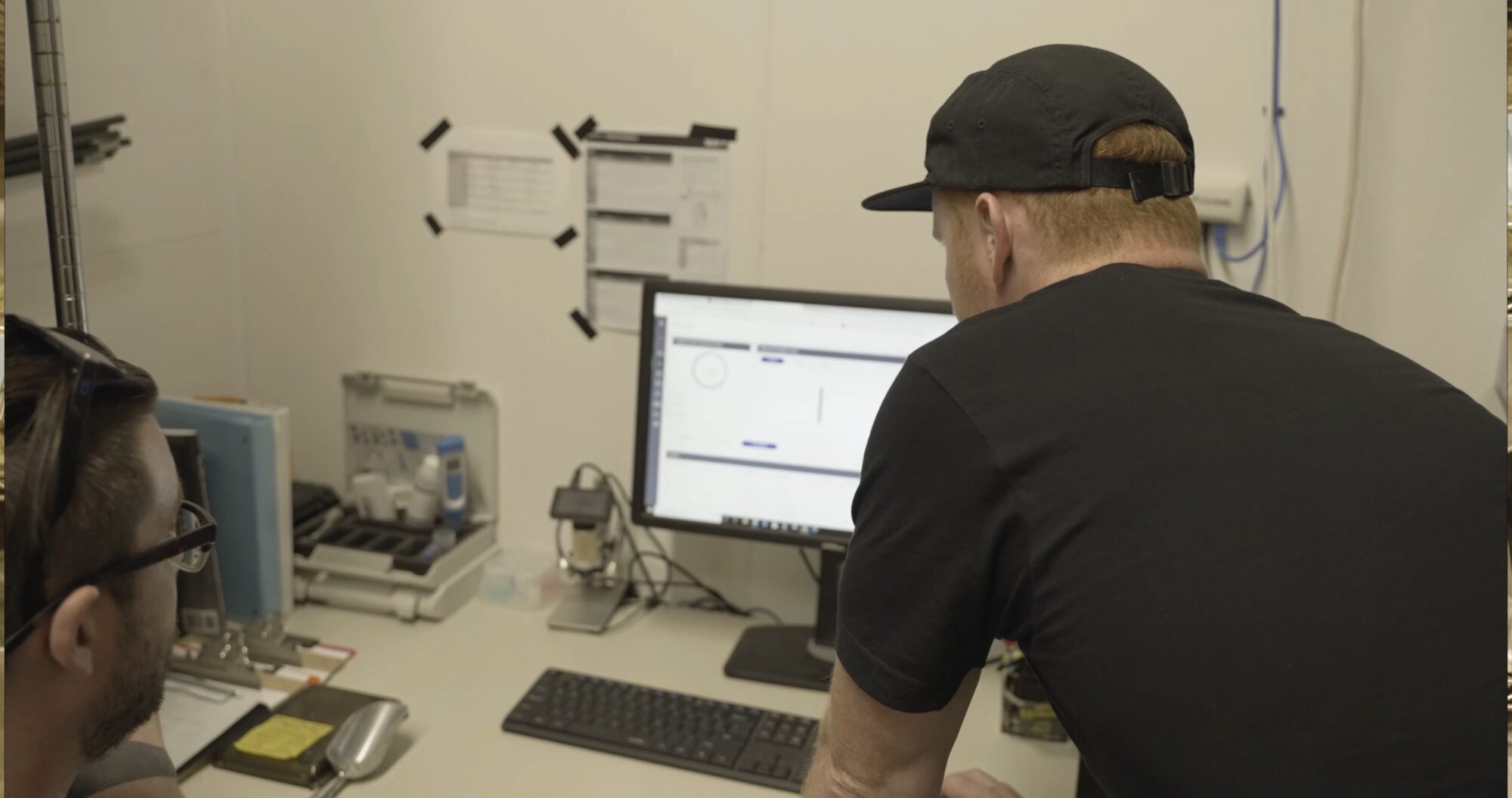
What to consider when looking for an ERP system
When choosing cannabis ERP technology for your business, there are a few things you should keep in mind:
Ease of use: The system should be relatively easy to use so that employees can quickly learn how to use it. ERPs are complex so training will be required, but look for a more intuitive system in your search.
Integration: The ERP should be able to integrate with other software providers that your business uses. Most ERPs have flexible integrations but make sure to run through each software product your company relies on and ensure your software stack will work properly with the ERP as well as with your state’s regulatory compliance reporting system.
Support: ERP vendors should offer initial as well as ongoing customer support in case you run into any problems once the departments begin fully using it. The quality of support can vary greatly. Some software vendors have tiered customer success levels, so be sure to check whether you’ll have access to live chat support or an associate who provides personalized support.
Price: The system should be affordable for your business, given your revenues. As mentioned above, businesses under $1M in annual revenues are typically not in a place to invest in such a system. But if the benefits outweigh the costs for your business, an ERP might make financial sense.
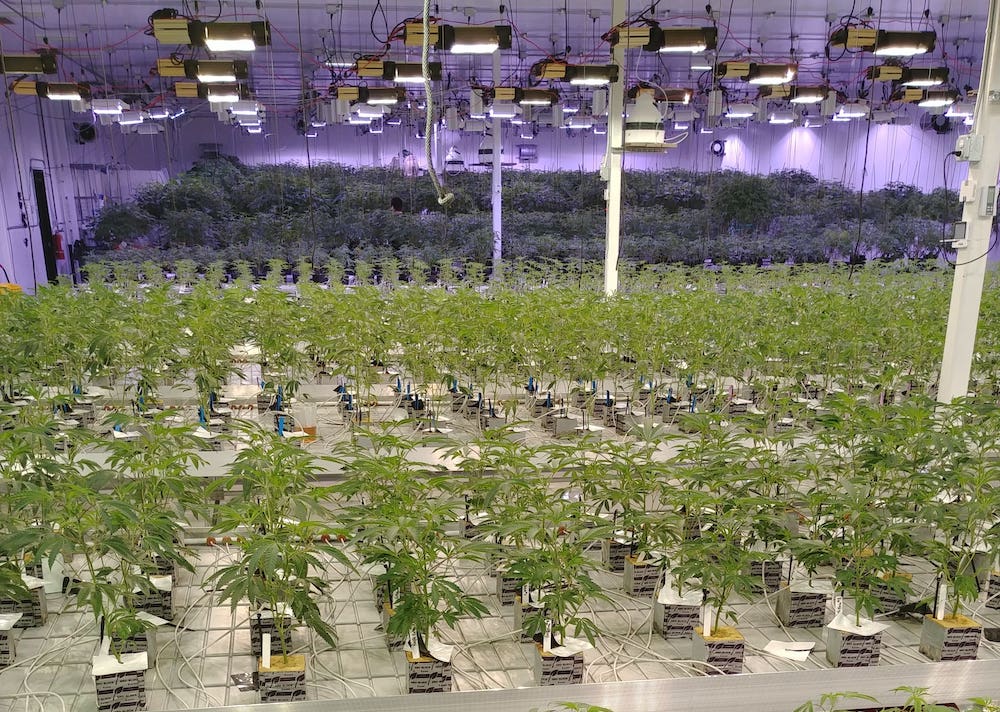
What features exist in a cannabis ERP platform?
Some of the top features to look for in a cannabis ERP platform include:
Inventory control: The system should be able to track your inventory levels and help you manage your stock.
Sales tracking: The system should be able to track your sales data and provide insights into your sales performance.
Cannabis manufacturing: if you are processing or manufacturing cannabis products at your facility, you’ll need specific functionality to support your recipes and track the inputs and outputs.
Customer relationship management: The system should help you manage your customer relationships and provide insights into your customer base.
Financial management: The system should be able to track your financial data and help accounting manage cash flow and reporting.
Reporting: The system should offer a variety of analytics and business intelligence reports that can help you make better business decisions.
How to get started with your new cannabis ERP and maximize the results of using one
If you’re looking to get started with your new cannabis ERP, there are a few things you can do to ensure that you get the most out of the system:
Training: Make sure that you and your employees receive thorough training on how to use the system.
Implementation: Work with a consultant to help you implement the system.
Support: Make sure that you have access to support in case you run into any problems.
Customization: Work with a consultant or developer to customize the system to fit your specific business needs.
Conclusion
By following these tips, you can ensure that you get the most out of your new cannabis ERP. Implementing a cannabis ERP can help improve your business efficiency and collaboration amongst the various departments. Bringing on such a system can be a huge undertaking and the effort must be thoroughly reviewed and discussed among all stakeholders. Be sure to provide plenty of support and training to the employees or company-wide adoption will not occur. With the right system in place, you can take your business to the next level.

